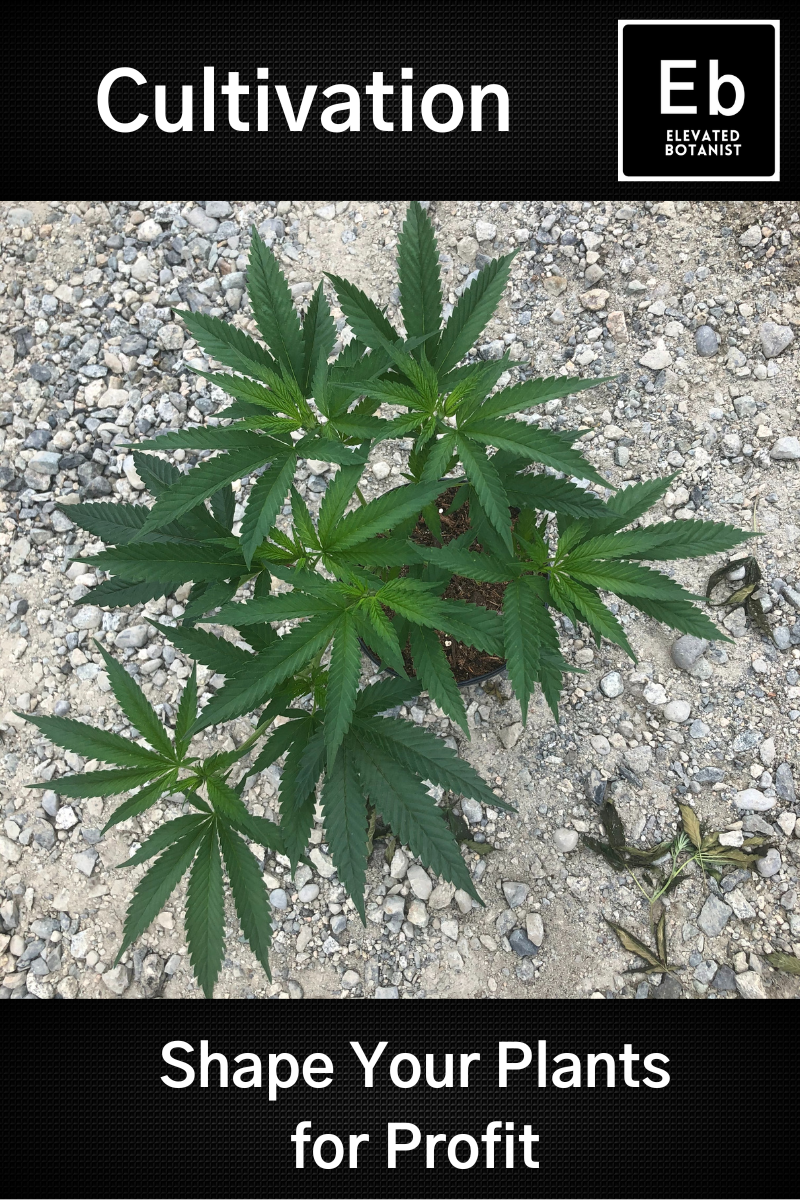
When it comes to cannabis cultivation, understanding the techniques of pruning, training, and canopy management is crucial for maximizing yield and maintaining plant health. In this article, we will explore the concept of energy balance in plants and its significance in timing pruning activities. We will also delve into training techniques for small cannabis plants and the benefits they offer in terms of future productivity.
Energy Balance: Timing is Everything
The concept of energy balance plays a vital role in determining the timing of pruning and transplant activities in cannabis cultivation. Energy balance refers to the cycle of production, storage, and utilization of assimilates during different growth stages of a plant.
Assimilates, which are carbohydrates acquired through photosynthesis, serve as the fuel for plant growth. These assimilates are continuously synthesized during the photoperiod and consumed through the generation of biomass. Plants regulate the use of assimilates to fuel biomass growth and maintain adequate reserves for periods of limited resources.
By understanding energy balance, cannabis cultivators can make informed decisions about when to prune and transplant their plants. A well-rooted plant with a positive energy balance will quickly recover from the removal of foliage and establish roots in new media.
Training Small Cannabis Plants for Productivity
Early interventions in the growth of cannabis plants can have a significant impact on their future productivity with minimal labor input. Training techniques like topping, which involve the strategic removal of the plant’s apical meristem, can be highly effective in promoting bushier growth and improving overall yield.
When it comes to training small cannabis plants, growers often opt for high-density cultivation. While this may result in temporarily reduced growth due to the intensive training techniques applied, the opportunity cost is minimal for young plants. With proper care, these plants can quickly recover and thrive, ultimately leading to higher productivity in the long run.


.png?format=1500w)